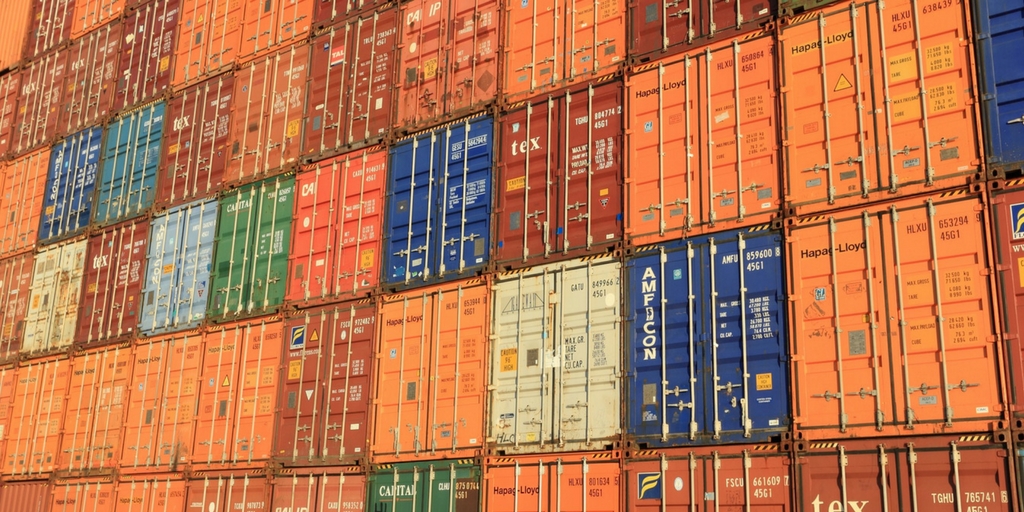New research shows how supply chain and logistics companies currently are using the Internet of Things and how they plan to expand use in the future.
The Internet of Things is already here — monitoring our footsteps, heartbeats, lighting, home temperature, and environment. And it will continue to expand at a rapid rate. Frost & Sullivan estimates that connected objects will total more than 50 billion by 2020. Morgan Stanley says 75 billion. Either way, it’s clear that the number of internet-connected devices is growing exponentially.
For the supply chain and logistics industries, this is exciting news The transparency and end-to-end visibility afforded by the IoT creates new opportunities that businesses can leverage in order to optimize supply chains and generate value.
Eft, a logistics and supply chain solutions provider, recently polled 600 supply chain decision-makers to understand their “existing and future plans for leveraging the IoT within their operations.” The results offer an interesting picture of the changing relationship between supply chain and logistics and the Internet of Things.
Key findings include:
- 41% have an IoT solution in place.
- 87% plan to expand use of the IoT.
- 61% are analyzing less than half of their IoT data.
What kind of information are companies looking to gain with the IoT?
- Location
- Security
- Temperature
- Speed
What are companies hoping to achieve?
- To improve customer service with better information
- To provide customers with more frequent updates on shipment pick-up or delivery
- To improve speed, delivery timeframes
What types of solutions are companies using?
- Bar codes
- Data logger
- IoT sensor and monitoring technology
In which area are you hoping to improve operational visibility the most?
- 80% land shipments
- 50% air shipments
- 33% sea shipments
What level of threat is cyber security to your IoT strategy?
- 17% major threat
- 47% moderate threat
- 32% minor threat
- 5% non threat
What is the primary purpose of your IoT network?
- 59% alarms and real-time monitoring
- 41% optimization and prediction
Read the full report to get even more insight into how the supply chain and logistics industries are engaging with the IoT.
Related posts:
- Data Without Analytics is Nothing But Noise on the Internet of Things
- The Internet of Things, Here and Growing
- Why Your Supply Chain Needs to Embrace the Internet of Things

